When you look at the map you will understand why Ceuta was such an important and strategic city. Along with Gibraltar, known as Jabal Ţāriq during the 11th century, it controlled the passage between the Mediterranean Sea and the Atlantic Ocean. These two cities were crucial for the movement of trade and troops. Whoever had control of the Pillars of Hercules as they had been called since ancient times, controlled access to the Mediterranean. This was still as true in the 20th century as it was in the 10th.
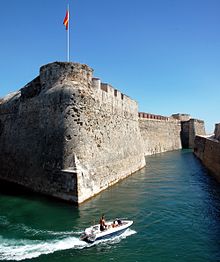
Ceuta, however, remained in Moorish hands until 1479 when it became a Portuguese possession for a hundred years, when it was declared a Portuguese possession, under the new King Philip I of Portugal. As he was also King Phillip II of Spain, Ceuta was eventually formally recognised as being part of Spain. (I told you it had a long and complicated history.) It remained part of the Spanish province of Cádiz until 1995 when it became an autonomous Spanish city, along with the city of Melilla, both of which share a border with Morocco.
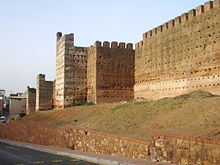 Walls of Ceuta
Walls of Ceuta
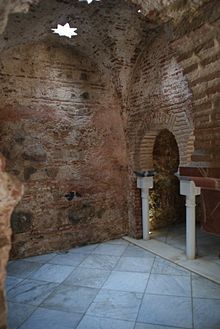 Arab baths
Arab baths
Because of its position on the narrow straits of Gibraltar, the Ceuta Peninsula is famous for its migratory birds, such as hawks, storks, eagles and vultures, amongst many others, and has been designated an Important Bird Area by Birdlife International.
As far as its nearest neighbour, Morocco, is concerned, it would like the sovereignty of both Ceuta and Melilla transferred to Morocco, but the Spanish government argues that the cities have been an integral part of Spain since 17th century, and insist they remain so.


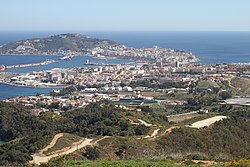

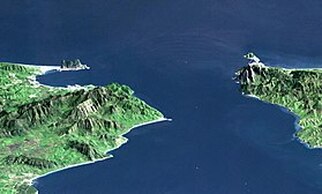
Recent Comments